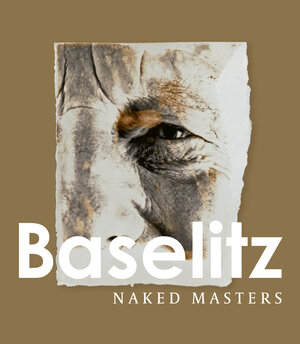
Georg Baselitz enters a dialogue with the Old Masters – invited by Kunsthistorisches Museum Vienna, the acclaimed German painter and sculptor engages in a visual conversation. Baselitz himself curated this selection of works, focusing exclusively on nude painting. Both the exhibition and the catalogue revolve around this elemental human state, and its fundamental role in European art. From the beginning of his career, Baselitz’s work has been informed by a pronounced awareness of art history, above all he was inspired by Mannerism’s break with classical rules. Insights into the history of nude painting, as well into the topicality of painting itself, emerge from this encounter of Baselitz’s works with historical paintings of an idealized beauty from Kunsthistorisches Museum. The carefully chosen juxtapositions open up a space in which one can reflect and experience the essence of painting anew.
GEORG BASELITZ (*1938, Deutschbaselitz) is without a doubt one of the most influential painters and sculptors of our time. His work eludes easy categorization, but has continuously returned to his search for a new approach to updating classic figurative painting. In a celebrated turning point in 1969, he literally turned his paintings upside down and thereby managed to change the public’s viewing habits, and to sharpen their perceptions.









































